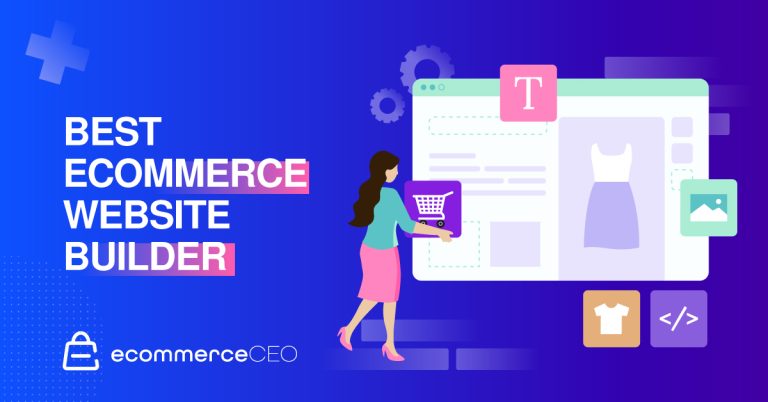With omnichannel ecommerce, all these interactions are connected, and a customer will get a seamless experience regardless of where they interact with your brand.
Research shows consumers who seamlessly engage with your brand across multiple channels often turn into repeat customers. One Harvard study of 46,000 shoppers found that omnichannel consumers spent more with a brand, were more likely to recommend that brand to friends and family and shopped 23% more in store with the brand compared to consumers who only engaged with a company on one channel.
The Power of Omnichannel
For example, a customer who signs up to receive email discounts after landing on your website from Instagram might see a sponsored ad for the same product they browsed but didn’t buy on social when they go to an online retailer. They still decide not to buy your product, but they search for sustainable furniture companies on Google later on.
Rather than continuing to serve them the same product content days later, you serve them a pre-roll ad about your brand’s story when they’re browsing YouTube videos. Through the ad, they learn your company only uses sustainable and ethically-sourced materials and that you donate a share of your annual revenue to fund educational and environmental projects in underserved communities. These values align with the consumer, so they finally decide to make a purchase.
As this example shows, an omnichannel strategy allows you to provide a more relevant, contextual experience that increases conversions and fosters greater customer loyalty through higher-level personalization.
What Are the Disadvantages of Omnichannel Ecommerce?
Omnichannel offers clear benefits for companies and consumers, so why aren’t more brands doing it? For one, it’s difficult to achieve and sustain without the right platform partner.
Companies that enter the omnichannel world must optimize their tech stack to bring all their customer intelligence together to achieve a 360-degree view of all their customer interactions.
Today, it’s difficult to identify customers across devices and channels to create unified customer profiles, apply analytics to understand what customers want, and deploy this information in near real-time and contextual ways as they swiftly move across various online and offline channels.
When the customer journey was more linear, it was much easier for brands to tailor their experience and carefully guide them further down the funnel.
That’s no longer the case today. Omnichannel ecommerce now requires brands to be more adept at customer segmentation and understanding where customers are in their journey to deliver personalized, immersive content that speaks to them within this context.
Making a Seamless Shopping Experience a Reality
Executing an effective omnichannel strategy requires breaking down the channel, data, and organizational silos. A commerce experience management (CommerceXM) platform can help brands overcome these barriers to deliver a more unified customer experience.
A CommerceXM platform can bring your brand’s multichannel and omnichannel strategy together to deliver a seamless experience at every stage of the customer journey.
It allows you to manage all your product and operational data and marketing content in one place, creating a single source of truth for customer and product information, enabling you to deploy this data in dynamic ways across multiple channels simultaneously.
Brands often encounter challenges with product accuracy across their own sites, mobile apps, and third-party sites like Amazon, Target, and Walmart.
However, the right platform allows you to better manage and repurpose digital assets to meet specific channel requirements while giving you access to analytics that optimize internal workflows and change processes to increase conversions across these channels. You also can leverage this platform to create and scale enhanced content, like comparison charts, videos, and graphics. This is critical because enhanced content can increase conversions.
Whether your brand is focused on a multichannel or omnichannel strategy, a CommerceXM platform can marry both strategies to improve your product and shopping experience.
Customers want to feel like you’ve taken the time to get to know them — whether they walk through your brick-and-mortar storefront, one of your digital storefronts, or that of your retail partners. With the right tools and technologies, you can make their experience feel more familiar, so they don’t have to go through the trouble of reintroducing themselves all over again on a different channel.
Watch our on-demand webinar, “Moving at the Speed of Commerce: Introduction of Salsify Commerce Experience Management,” to learn about this new opportunity to win on the digital shelf.




![Holiday Shopping Results Reveal What’s Next for Ecommerce [Download] | Salsify](https://thegateway.net.au/wp-content/uploads/2022/01/holiday-shopping-results-reveal-whats-next-for-ecommerce-download-salsify.png)


